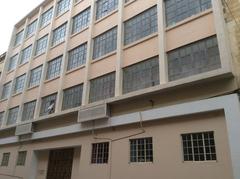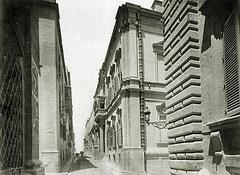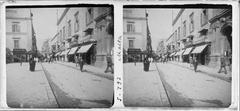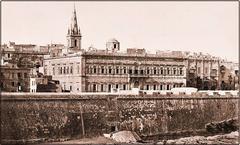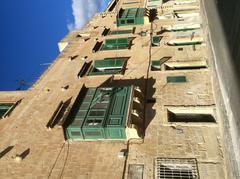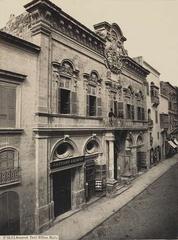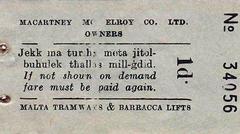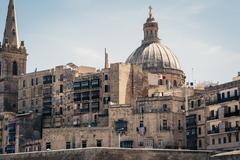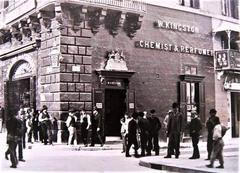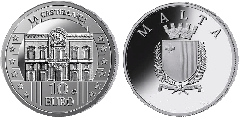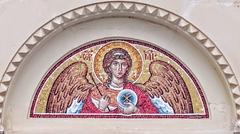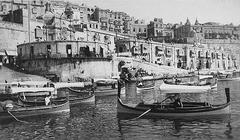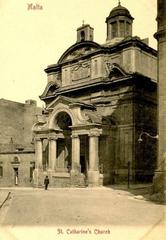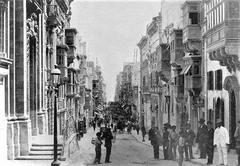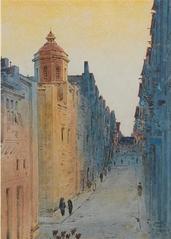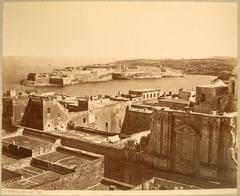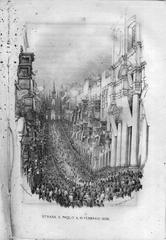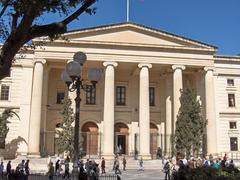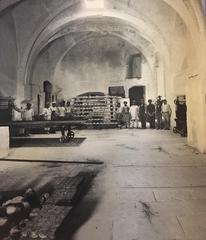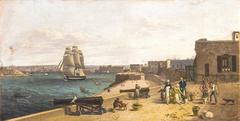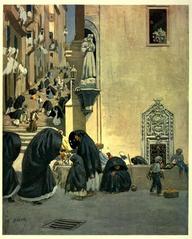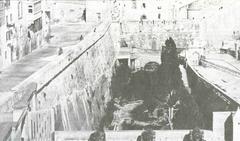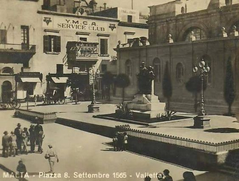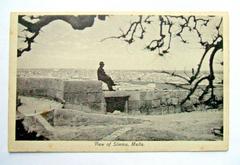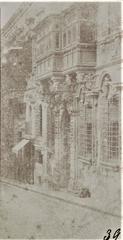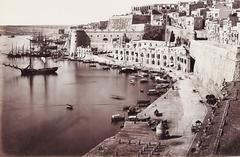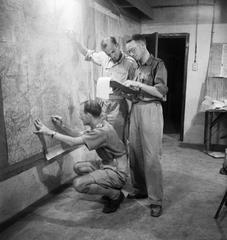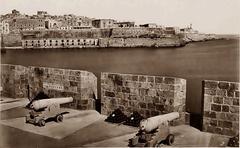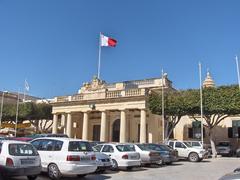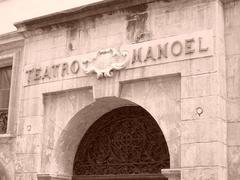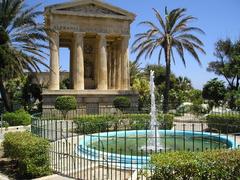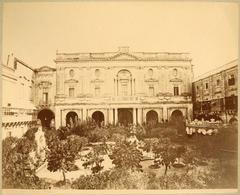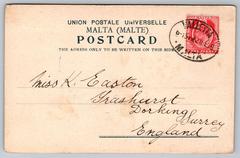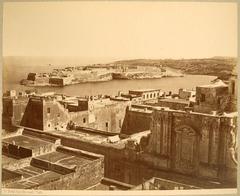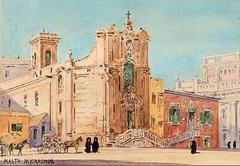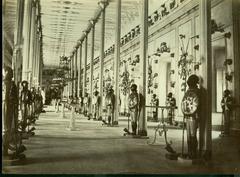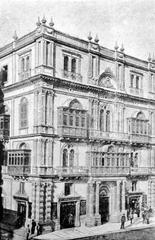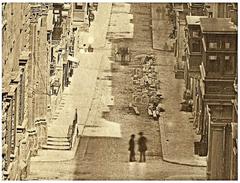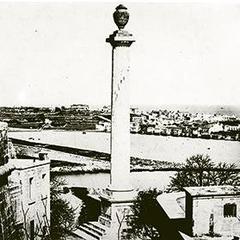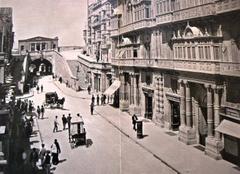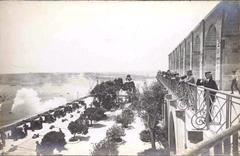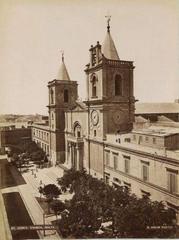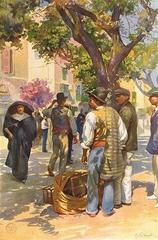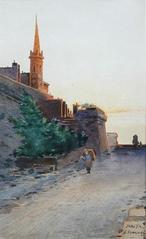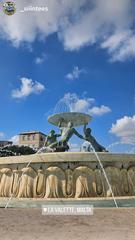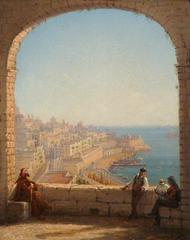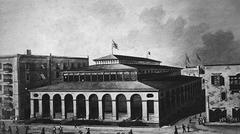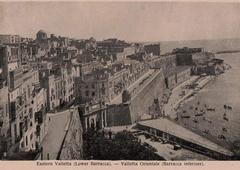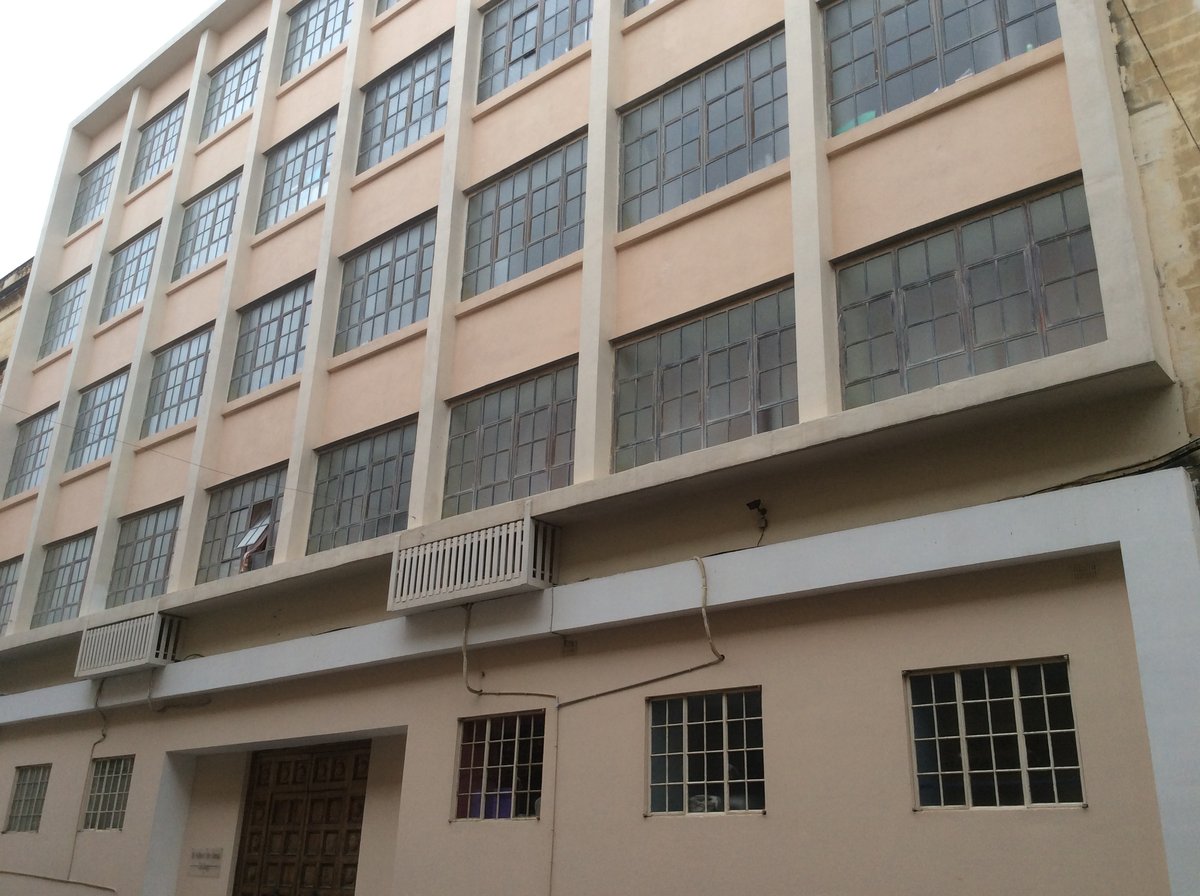
Palazzo Correa, Valletta, Malta: Visiting Hours, Tickets, and Travel Guide
Date: 15/06/2025
Introduction
Palazzo Correa, once a prominent noble residence in the heart of Valletta, Malta, is a compelling symbol of the city’s layered history, architectural diversity, and evolving urban landscape. Built in the late 17th century for Fra Antonio Correa de Sousa, a distinguished Portuguese knight of the Order of St. John, the palace blended unique Mannerist design with the prevailing Baroque and Renaissance styles of Valletta. Although the palace no longer stands—having been demolished after suffering severe damage during World War II—its legacy endures through historical records, walking tours, and its influence on surrounding landmarks and Maltese heritage (Vassallo History; RouteYou; MaltaCulture).
This guide provides a comprehensive overview of Palazzo Correa’s history, significance, and practical information for visitors exploring Valletta’s historic core. Whether you are a history enthusiast, architecture admirer, or simply curious about Malta’s past, this resource will help you discover the story of Palazzo Correa and how to meaningfully engage with Valletta’s living heritage.
Table of Contents
- Historical Overview and Significance
- Architectural Features & Legacy
- Visiting Palazzo Correa: Practical Information
- Frequently Asked Questions (FAQ)
- Summary & Visitor Call to Action
- Sources and Further Reading
Historical Overview and Significance
Early History and Construction
Palazzo Correa was constructed in 1689 by Fra Antonio Correa de Sousa, serving as a private residence for a high-ranking member of the Order of St. John (RouteYou). Its location on Old Bakery Street (Triq l-Ifran) placed it at the center of Valletta’s aristocratic and diplomatic life. The palace also served as the residence of Grand Master Ferdinand von Hompesch zu Bolheim and later functioned as the French minister’s seat during the Peace of Amiens (MaltaCulture).
From the Knights to the British Era
During the Knights Hospitaller era (1530–1798), Palazzo Correa was a prestigious residence, hosting social, diplomatic, and cultural gatherings. With the onset of British rule in the 19th century, the palace became the official residence of the British Commander-in-Chief, reflecting the adaptive reuse of Valletta’s noble buildings (World Travel Guide).
World War II and Demolition
The palace suffered irreparable damage during the 1942 aerial bombardments of World War II and was subsequently demolished. Unlike some other historic buildings in Valletta, Palazzo Correa was not reconstructed, symbolizing both the vulnerability and resilience of Malta’s heritage (UM Library PDF).
Architectural Features & Legacy
Mannerist Innovation
Palazzo Correa is notable for being the first building in Valletta designed in the Mannerist style by Maltese architect Carlo Gimach (RouteYou). This was a departure from the prevailing Baroque and Renaissance aesthetics, introducing asymmetrical facades, intricate limestone carvings, and a grand interior staircase.
Key Features
- Symmetrical façade (in earlier phases), with ornate balconies and a grand entrance portal
- Traditional Maltese wooden balconies
- Central courtyard and vaulted ceilings
- Grand baroque staircase leading to the main reception area
Influence and Legacy
Though demolished, Palazzo Correa’s design influenced subsequent palatial architecture in Valletta. Its blend of military robustness and noble elegance contributed to Valletta’s status as a UNESCO World Heritage site (TripJive).
Visiting Palazzo Correa: Practical Information
Can I Visit Palazzo Correa Today?
No physical remains of Palazzo Correa exist today. The original structure was demolished after World War II. The site, however, is included in many historical walking tours and is commemorated through archival photographs and documentation (Vassallo History).
Location & Nearby Attractions
- Location: Old Bakery Street (Triq l-Ifran), Valletta
- Nearby Attractions:
- Casa Rocca Piccola: A noble residence open to visitors
- Grand Master’s Palace: Valletta’s historic seat of power
- St. John’s Co-Cathedral: Renowned for its Baroque art and Caravaggio masterpiece
- Upper and Lower Barrakka Gardens, National Museum of Archaeology, Auberge de Castille
Guided Tours & Cultural Events
While Palazzo Correa itself cannot be toured, its story features prominently in guided walking tours of Valletta that focus on the city’s lost palaces, wartime history, and urban development (TripJive; ForTravelLovers).
Occasionally, cultural festivals and heritage days include special events, lectures, or exhibitions about Valletta’s vanished landmarks.
Accessibility & Visitor Tips
- Accessibility: Valletta’s streets are generally walkable, but some areas are steep and may challenge those with mobility impairments.
- Visitor Tips:
- Join a walking tour for historical context on Palazzo Correa and nearby sites.
- Visit the National Library of Malta or the National Archives for archival materials.
- Explore other palaces to experience the era’s architecture.
- Attend cultural events for deeper engagement with Valletta’s heritage.
Frequently Asked Questions (FAQ)
Q: Can I visit the interior of Palazzo Correa?
A: No, the palace was demolished after WWII and does not exist today, but its location is a point of interest on guided tours.
Q: Where was Palazzo Correa located?
A: On Old Bakery Street (Triq l-Ifran), Valletta, close to major landmarks.
Q: Are there tickets or visiting hours for Palazzo Correa?
A: There are no tickets or visiting hours as the site is not accessible. Nearby attractions are open to the public and require tickets.
Q: How can I learn more about Palazzo Correa?
A: Join historical walking tours, visit archives, or attend cultural events focusing on Valletta’s lost palaces.
Summary & Visitor Call to Action
Palazzo Correa’s story encapsulates the grandeur, cosmopolitanism, and resilience of Valletta’s history. Though the palace no longer graces the city, its memory endures through urban storytelling, archival preservation, and the architectural legacy found in Valletta’s surviving palaces and streets (Malta Uncovered).
Visitors can enrich their understanding by joining themed walking tours, exploring nearby noble residences, and participating in cultural events.
Plan your visit:
- Check up-to-date information on Valletta’s events and walking tours.
- Download the Audiala app for immersive audio experiences.
- Follow local tourism boards and cultural institutions for the latest updates.
Engage with the legacy of Palazzo Correa and support ongoing preservation of Malta’s unique cultural heritage.
Sources and Further Reading
- Vassallo History - Valletta
- RouteYou - Palazzo Correa
- MaltaCulture - Valletta
- World Travel Guide - Valletta History
- UM Library PDF - Urban Heritage and Tourism in Valletta
- Malta Uncovered - Valletta Points of Interest
- TripJive - Top Must-See Historical Sites in Valletta
- ForTravelLovers - Valletta Tourism
- Arts Council Malta - Researching Valletta as a Cultural Hub
- Jonny Melon - Malta Itinerary
- Voyage Tips - Things to Do in Valletta
